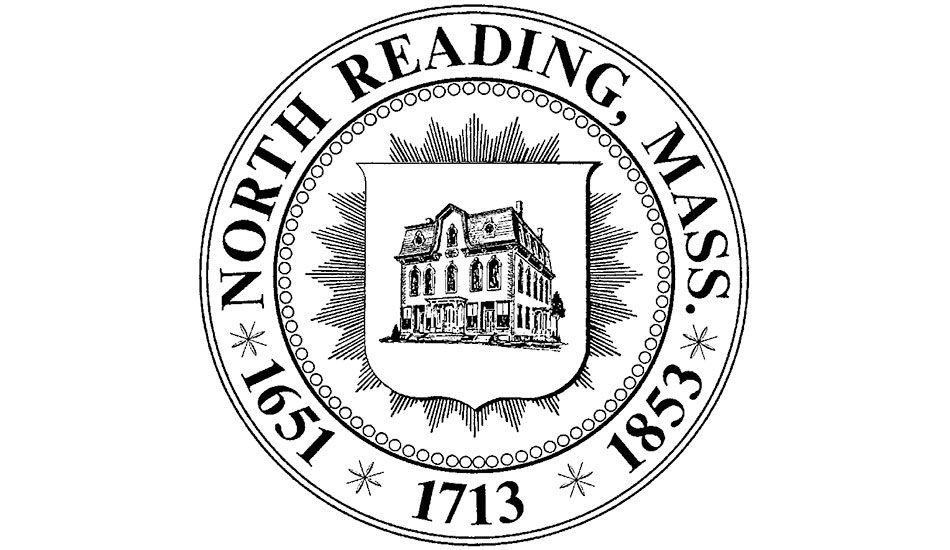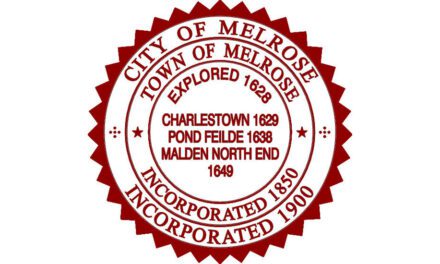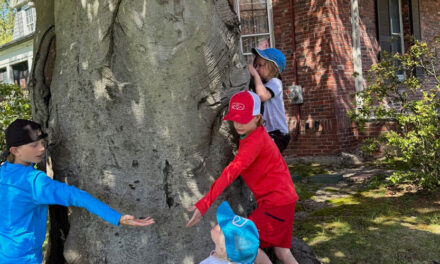By ALLIE HASTINGS
NORTH READING — In the wake of setbacks at Town Meeting in October, the Community Planning Commission (CPC) is continuing to brainstorm a variety of affordable housing initiatives that would be palatable to the voters to enable the town to work toward meeting the state’s 10% affordability goal under Chapter 40B.
The CPC submitted warrant articles for October’s Town Meeting to allow for the conveyance of four town-owned properties to be developed for affordable housing: 57 Haverhill Street, 7 St. Theresa Street, and 44 and 46 Oakdale Road. Despite having met with many of the abutters of these streets to hear out concerns and subsequently modifying their motions to reflect the residents’ requests, two were passed over and the third, on Oakdale Road, did not pass even though direct abutters to the proposal expressed their support for it. The two parcels were to be combined to form a half acre lot.
These specific properties were brought to Town Meeting as they are located within the Affordable Housing Overlay District (AHOD), a zoning overlay created with the support of Town Meeting in 2008 to allow for the development of 23 town-owned properties to create new affordable housing opportunities. The properties in this zoning overlay district were also identified in the town’s 2018 Housing Production Plan as priority areas for affordable housing development.
North Reading has made considerable progress toward reaching the state’s 10% affordability goal under Chapter 40B, a state law that requires all towns and cities to have 10% of their housing stock subsidized as affordable housing, but currently the town lies under the required threshold at 9.65%.
Under these circumstances, the town remains susceptible to zoning overrides by comprehensive permit applications that often do not meet local needs. The CPC hopes that moving forward, North Reading will remain proactive about affordable housing initiatives, as prioritizing this issue will ultimately allow community members more say as to where affordable housing units are located, and will help younger generations find their footing when setting down roots.
“Affordability is becoming a bigger problem as time goes on,” explained Town Planner Danielle McKnight, “and there are more and more generations of younger people who are looking to buy their first home who maybe can’t afford to buy a house in the town that they grew up in, as well as seniors who can’t afford to stay.”
Accessory Dwelling Units gaining favor
The Housing Production Plan (HPP) created in 2018 outlines a number of affordable housing strategies, including trying to develop more mixed-used housing in areas on Main Street and a senior housing development on Carpenter Drive off Chestnut Street. When creating the HPP, the CPC also put out a survey to gather feedback from town residents, and the majority of people who responded to the survey said that they would favor seeing accessory dwelling units, or ADUs, available in at least some parts of town.
CPC Chairman Warren Pearce takes community feedback seriously and encourages residents interested in this topic to attend the department’s bimonthly meetings, which currently meet over Zoom, so the CPC can gather more insight.
“If I could have 10 people from each one of the four districts in town, I would ask them all the same question: Would you be okay in your corner of the town with ADUs?” Pearce said.
The conversation around ADUs has grown out of the need for more affordable housing. An ADU is a self-contained apartment in an owner-occupied single-family home that is either attached to the principal dwelling or detached from it, in a separate structure on the same property. ADUs can allow for an elderly relative or disabled family member who can’t live fully on their own to receive the housing they need, in a manner that is feasible and cost-effective.
In recent weeks, the CPC has been discussing the possibility of bringing a bylaw to Town Meeting to regulate the construction of ADUs in town, which would conform to state regulations and enable authorities such as the Fire Department find these units in cases of an emergency. Based on general feedback that the CPC has received, members of the board have reached a consensus that the proposed bylaw should support the regulation of ADUs built within an existing dwelling, not a detached one, as in-house enhancements and additions appear the more favorable and realistic option for North Reading.
The proposed bylaw will also take into consideration the special permit process and septic review requirements that would need to be met in order for ADUs to be constructed.
McKnight is hoping to create a draft of a bylaw proposal to be reviewed by members of the CPC in either late December or January. A CPC workshop on this draft would then be held followed by a finalized draft to be brought to a public hearing at a later date, which would be advertised to the community well in-advance. The hope is that eventually the bylaw will be brought for a vote at Town Meeting in June.
Sewer design/Winter St. opportunity
The CPC has also been working on a conceptual redevelopment plan for the Winter Street (Rte. 62) / Main St (Rte. 28) intersection. Since the town has long-term plans to invest in a municipal sewer system, the CPC has been collaborating with the Metropolitan Area Planning Council (MAPC) to analyze how a three-quarter mile segment of the town’s main commercial corridor could be improved in the next five years to attract jobs, services, revenue and housing.
Individual developments within the study area presently rely on their own private septic systems to treat their wastewater. The build-out analysis MAPC completed determined that desired, market–supportable, mixed-used projects are unlikely to be developed on individual septic systems, which is why investing in sewer for the town’s economic growth is important.
McKnight noted that the CPC has been supportive of introducing sewer into the town’s infrastructure for several years, specifically due to the fact that this conceptual redevelopment plan for the Winter St/Main St intersection would be harder to complete without it.
39 Chestnut St./9 Flint St. subdivision hearing Dec. 21
The CPC also continues to meet with developers and town residents to discuss plans for a 13-lot residential subdivision development proposed for 39 Chestnut and 9 Flint Street.
The 23.2-acre site is located approximately 290 feet north and 470 feet east of the Flint and Chestnut Street intersection. Currently the site is developed with two single-family homes, one barn, and an in-ground pool, but the proposed development project would include demolition of these structures to make way for 13 single-family homes, as well as a new paved through roadway, which would loop through the site and include a small cul-de-sac for the purposes of providing a turnaround area and lot frontage.
For subdivisions, the planning commission is granted 135 days to respond when an application is submitted. The deadline for the CPC’s final action vote on the subdivision plan is January 27, 2022, although this deadline can be extended by mutual agreement between the applicant and the CPC if more time is needed.
If the developer comes in with solutions to all the concerns and issues that have been raised previously regarding water drainage and wetland flooding, the CPC will be in a good position to close the public hearing at its next meeting on Tuesday, December 21; however, if there are still outstanding issues or disagreements between the developer’s engineer and the CPC’s consulting engineer, the approval process may be prolonged.
The CPC will have the subdivision on its agenda during its next Zoom meeting to continue the conversation.
“We do expect that on December 21, the applicant will be coming back in and making a presentation in response to the peer review report that was given by our engineer,” stated McKnight.
Those interested in attending the CPC’s next virtual meeting on Tuesday December 21 at 7:30 p.m. can find the link here: https://us02web.zoom.us/j/9854300926.
***
To learn more about the Community Planning Commission’s projects and mission statement, visit https://www.northreadingma.gov/community-planning-commission





